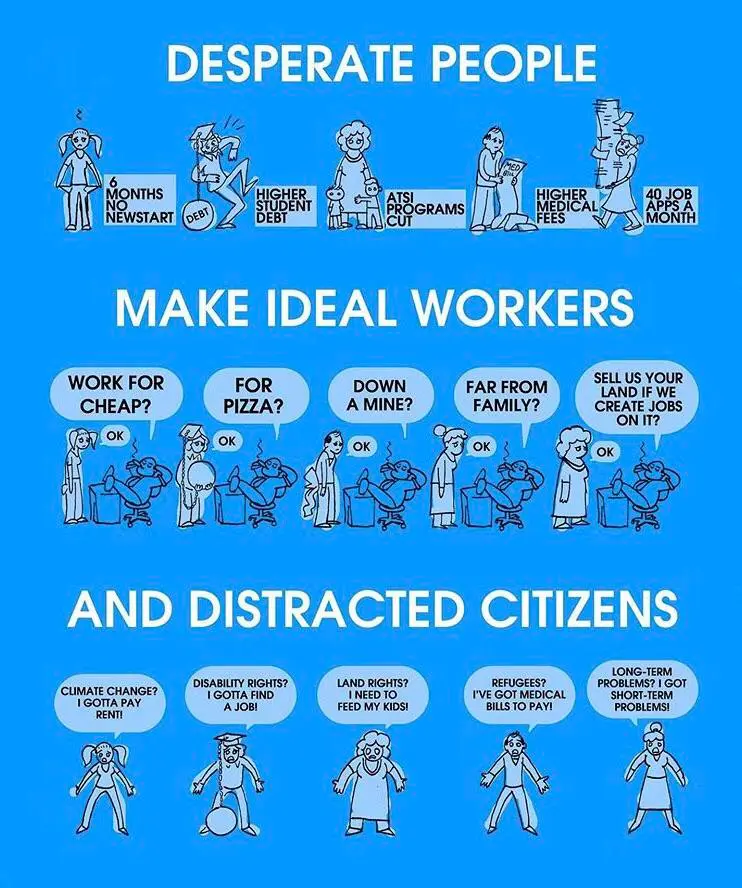Why wait all the way to Turn 1?
Let the newbie go first, and kill them in their first upkeep with Hulk Flash.
Why wait all the way to Turn 1?
Let the newbie go first, and kill them in their first upkeep with Hulk Flash.


Climate scientists: “The climate is fucked now! We needed to intervene 20 years ago. We must take emergency intervention!”
Government/industry: “We’ll get right on that in 10-15 years.”


Trump doesn’t have legal problems. He has legal solutions.


To be fair to DeSantis, slaves learned many menial skills that could be marketed absolutely nowhere because they were being held captive. Many states also passed laws making it illegal to teach slaves how to read, or anything else outside of religious instruction.
But sure, they were great at picking cotton and lying to their masters about how much they hate them. Those are basically the same as a college education by Florida standards.


Next up will be “exploded,” but I’m personally awaiting “fellated.”


No one is cutting kids’ dicks off. Those are a fantasy made up to get people to hate trans people.


Gotta love the whataboutism:
“Sure, Trump committed several actual crimes, but Biden farted once, so that makes it ok!”
You’ve already gotten great answers on what Wayland is, but as far as who should care:
Mainly developers and users with niche workflows. People with NVIDIA cards should care a little as initially NVIDIA did not support Wayland, but NVIDIA drivers are catching up so this should continue to improve. Most users should just switch when their DE switches.


In the healthcare industry, there’s discussion on whether accepting a free lunch or even a branded pen counts as bribery. But when the Supreme Court does it…


The D major scale is D, E, F♯, G, A, B, C♯. A standard chord is 1, 3, 5: D, F#, A.
The F# Minor scale is F♯, G♯, A, B, C♯, D, E. A standard chord would again be 1, 3, 5: F#, A, C#. The 5+ augments the 5, so the C# would become a D: F#, A, D.


Sounds like you need to curate your feed.


On Memmy at least, the ability to mark posts as read so my feed always has fresh content.


The business sees you as a replaceable cog in their machine. They’re paying you to do the job now, but they could replace you with someone else and it’s all the same to them.
So to you, the business is a replaceable source of income. It’s ok to like your job, and it’s ok to like your coworkers, but if at some point you choose to move on, you just do it and no hard feelings. Don’t give into any guilt trips or gaslighting you to want to stay: this is a business arrangement, and as soon as you leave they’ll just hire someone else to replace you.
Outside of that, just show up and leave on time and don’t go out of your way to piss people off, and you should do fine.


There are a lot of bad one off Christmas songs, but Wonderful Christmastime is the worst one that still gets played every year.
And before anyone says it: All I Want for Christmas Is You is the most overplayed, but not the worst. And Christmas Wrapping is the most underrated.
Your biggest tech challenge will likely be in installing linux. So take your time and work through a tutorial.
Linux is a fundamentally different OS from Windows. Some desktop environments resemble various Windows versions, while others are very different: they might be more Mac like, or more mobile like, or completely unfamiliar.
Installing programs is generally easier on linux because the default is to use the package manager (basically an app store) rather than downloading sketchy programs off websites that all want to update on their own schedule and all want to start when you boot the OS. Just search them, set updates to pop up weekly or whatever your preferred schedule is, and your package manager will do the rest.
Troubleshooting is harder for new users but easier for experienced users: it typically requires more work that can be daunting for casual users, but it lets you get much deeper into the OS to fix problems, where on Windows you might just be stuck waiting for a patch.
Compatibility is usually the biggest frustration, since many programs do not release a linux version, so you need to find alternatives or run them in a compatibility layer. Both of these solutions can sometimes cause problems getting the exact functionality you need, whereas if you’re using the natively supporting OS it may be smoother.
Tosses paper on top of work pile, then leaves for the weekend.


Nah, it’s intentional deflecting. “We’re the real victims” is a great way to keep from talking about the real victims.


The summary under the title line makes it more clear:
“Republicans are more likely to say White people experience racism than Black people. That’s not true.”


Absolutely, that one’s amazing.
This exactly. One of the houses on my commute had had TRUMP spelled out on the lawn with tiles for months, and after he won put up a sign that says “Daddy’s home.”
Democrats don’t do that for Biden, nor would they have if Harris won. A lot of conservatives seem to want Trump to command them, tell them what to do and think, and that’s what’s truly scary.